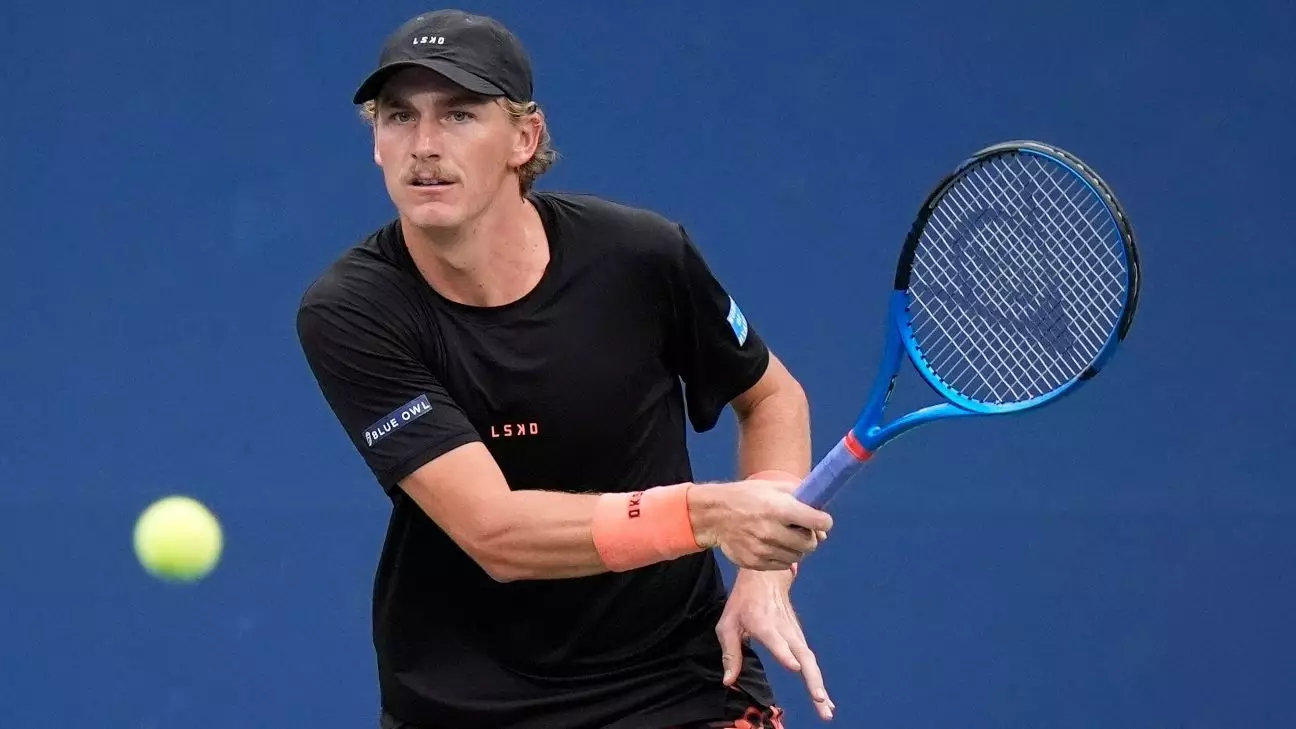In a striking turn of events for the tennis world, Max Purcell, a prominent Australian doubles player and two-time Grand Slam champion, has voluntarily accepted a provisional suspension after a recognized infraction of doping regulations. The International Tennis Integrity Agency (ITIA) announced this significant development, shedding light on the ongoing battle against performance-enhancing substances within the sport. This conversation about doping is not new. It reevaluates the integrity of competitions that fans love and players dedicate their lives to.
Purcell’s suspension stems from a violation of Article 2.2 of the Tennis Anti-Doping Program, specifically regarding the use of a Prohibited Method. The ITIA noted that this suspension will last an undisclosed amount of time but began on December 12. Notably, the time served under provisional suspension will apply towards any future penalties he may incur. This raises questions about both the individual’s future in the sport and the wider implications for tennis as a whole.
During this suspension, Purcell is barred from participating in, coaching, or even attending any sanctioned tennis events, which include major organizations such as the ATP, WTA, ITF, and renowned tournaments like Wimbledon and the U.S. Open. This could also set a precedent that emphasizes strict accountability and monitoring among players, underlining the zero-tolerance policy towards doping violations.
At just 26, Purcell is a prominent figure in men’s doubles, recently capturing both the U.S. Open title alongside Jordan Thompson and the Wimbledon trophy with Matthew Ebden. His current ranking of No. 12 in doubles signifies his quick ascent within the sport. However, the lack of his name on the Australian Open entry list raises eyebrows.
A player of his caliber not making the draw can point toward severe repercussions driven by his sanction, highlighting how quickly the tides can turn against an athlete. The already rigorous tennis calendar becomes even more daunting when one’s career is threatened by such controversies.
This latest incident occurs within a context of heightened scrutiny regarding doping in tennis. Just weeks prior, Iga Swiatek faced a one-month suspension for testing positive for the banned substance trimetazidine. These occurrences illustrate a pattern of scrutiny that may lead to a tightening of regulations and increased pressure on players to adhere strictly to anti-doping rules.
The ITIA’s stringent approach indicates a firm stance on maintaining the sport’s integrity. The agency has also dealt with cases such as Jannik Sinner, who, despite facing allegations of doping, was ultimately exonerated. Such cases reveal the delicate balance within sports like tennis, where athlete rights and the necessity of fair competition must coexist.
The Future of Max Purcell
As Max Purcell confronts the repercussions of his actions, the tennis community holds its breath. His future in the sport hangs in the balance, compelling fans and commentators alike to question how this case will influence perceptions of athlete accountability and the pressure to succeed at all costs. In the end, this saga serves as a critical reminder of the relentless focus on integrity in professional sports, which remains paramount as we move forward.

